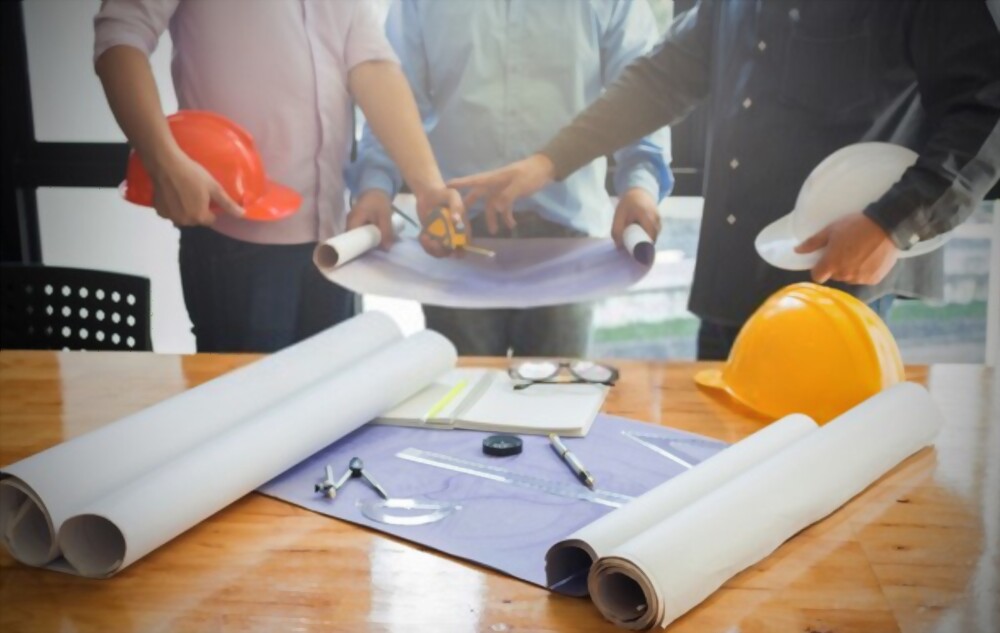What Are Modern Construction Materials?
What are modern construction materials? They are materials that can be used to build a structure. Traditionally these were materials such as adobe and wood. Modern construction materials are those that can be found in high-rises, airports, and in the world of construction itself. These materials are sturdy and durable, yet are lightweight enough to be created with a minimal amount of manual labor or specialized tools.
Steel is perhaps the most common building material used today. It’s strength is unmatched by any other building material; in fact, it’s so strong that steel can’t be easily broken under normal conditions. Steel buildings are also incredibly long-lasting, so even if a building collapses, the collapse shouldn’t cause any major structural damage. Wood is a relatively lightweight building material, but because of its natural tendencies to rot, it’s usually used for indoor use. It’s light weight makes it easy to transport, but it doesn’t hold up well in high winds or earthquakes.
Concrete is another very common building material. Unlike steel, concrete does not need to be reinforced with rebar. Because of this, it requires less manual labor to create a new structure, and many times it can be created on site without disrupting the existing structure. In contrast to other types of building materials, concrete is actually made from limestone slabs that have been compressed. A mixture of cement, sand, and water is added to create the desired texture and consistency for different designs. As you can see, concrete is a very successful new construction material, but what are modern construction materials designed to do differently?
Today’s concrete designs are designed to utilize certain characteristics of other building materials. For instance, one of the characteristics that modern designers are using is what are known as stress relieving stresses. This is the ability of a material to have an increased strength value due to its design. Using the stresses as a weight in a design, engineers can determine if a material is capable of withstanding the weight should a load be applied.
An important characteristic of modern construction materials is what are called self-compacting concrete systems. Self compacting concrete systems use the pressure of weight from surrounding areas to help increase the strength of what are usually vertical walls. These systems are most commonly seen in high load commercial structures where the materials must be able to withstand tremendous pressure. So, how are they different from traditional concrete wall systems? The answer is in what are modern construction materials? They are stronger because they have added to their strength by adding compacted materials.
Other features of modern construction materials are what are called environmental benefits. By using these new construction practices today the materials are considered to be more energy efficient than traditional construction practices. This allows the building process to use less energy when performing the building process. Some of the materials are also biodegradable, which adds another environmental benefit to the project. In addition, if a building is built to meet building regulations, it can help to lower the cost of doing business.
What are modern construction materials? This classification of building materials is not only limited to concrete and cement. It also includes such materials as steel, pvc, gypsum, plywood, insulation, and many others. These materials were once thought to be nothing more than simple building materials. However, modern science has shown them to have a wide variety of benefits for the construction of buildings.
Construction methods change over time. New technology, materials, and techniques become available. As a result, old construction methods can be updated to accommodate these changes. Concrete has been a concrete construction method since the early days of civilizations. With this in mind, you can see why it is important to consider a concrete pouring company that uses eco-friendly practices.
